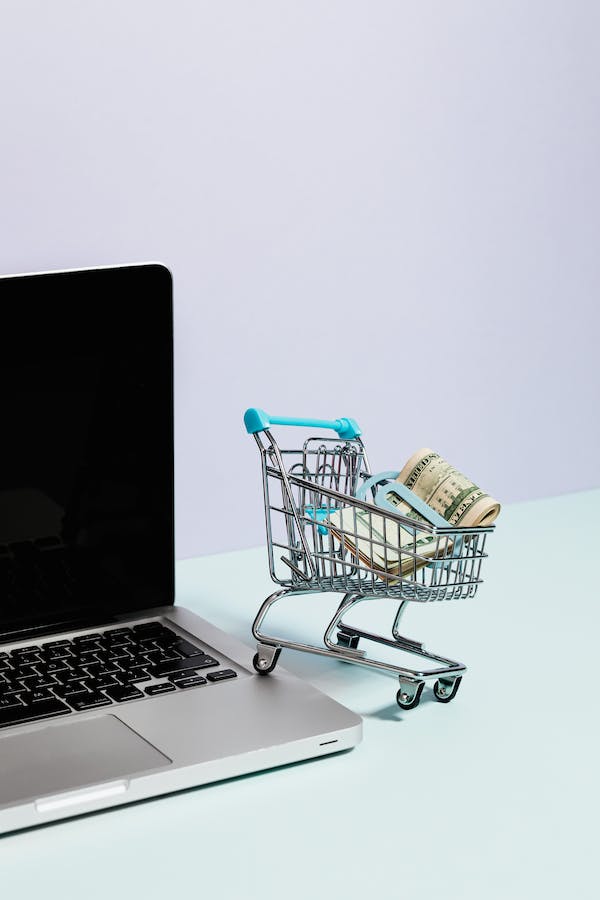In today’s digital world, online payments have become an integral part of our daily lives. From shopping online to paying bills and transferring funds, the convenience and efficiency of online payments are undeniable. However, with the increasing prevalence of cyber threats and data breaches, it is crucial to prioritize the security of our online transactions. In this article, we will explore some best practices and tips to help you master the art of secure online payments.
Choose Reputable Payment Providers:
When making online payments, it is essential to select reputable and trusted payment providers. Stick to well-known platforms and payment gateways that have established a track record of security and reliability. Research and read reviews before entrusting your financial information to any payment service.
Look for Secure Connection:
Always ensure that the website or online store you are transacting with has a secure connection. Look for the padlock symbol in the address bar and make sure the URL starts with “https” instead of “http.” The “s” in “https” indicates a secure connection, encrypting your data and protecting it from unauthorized access.
Implement Two-Factor Authentication:
Two-factor authentication adds an extra layer of security to your online payment accounts. Enable this feature whenever possible, as it requires you to provide an additional verification method, such as a unique code sent to your mobile device, along with your password. This significantly reduces the risk of unauthorized access to your accounts.
Use Strong, Unique Passwords:
Creating strong and unique passwords for your online payment accounts is crucial. Avoid using common or easily guessable passwords. Instead, use a combination of uppercase and lowercase letters, numbers, and special characters. Additionally, refrain from using the same password across multiple platforms to prevent a domino effect if one account is compromised.
Regularly Update Software and Apps:
Keeping your devices, including computers, smartphones, and tablets, updated with the latest software and app versions is vital for security. Software updates often include security patches that address vulnerabilities and protect against potential threats. Configure automatic updates whenever possible for added convenience.
Be Cautious of Phishing Attempts:
Phishing is a common method used by cybercriminals to trick individuals into revealing sensitive information. Be cautious of suspicious emails, messages, or pop-up windows asking for personal or financial details. Avoid clicking on suspicious links and verify the authenticity of the sender or website before providing any information.
Monitor Your Accounts Regularly:
Regularly monitoring your online payment accounts is essential for detecting any unauthorized activity promptly. Review your transaction history, statements, and notifications regularly. If you notice any suspicious transactions or discrepancies, report them to your payment provider immediately.
Conclusion:
Mastering the art of secure online payments is crucial in today’s digital landscape. By following best practices and implementing the tips mentioned above, you can significantly reduce the risk of falling victim to cyber threats and ensure the safety of your online transactions. Remember to choose reputable payment providers, look for secure connections, enable two-factor authentication, use strong passwords, keep your software updated, stay vigilant against phishing attempts, and regularly monitor your accounts. By prioritizing security, you can enjoy the convenience and benefits of online payments with peace of mind. Read more about Curtis Mcnulty here.

